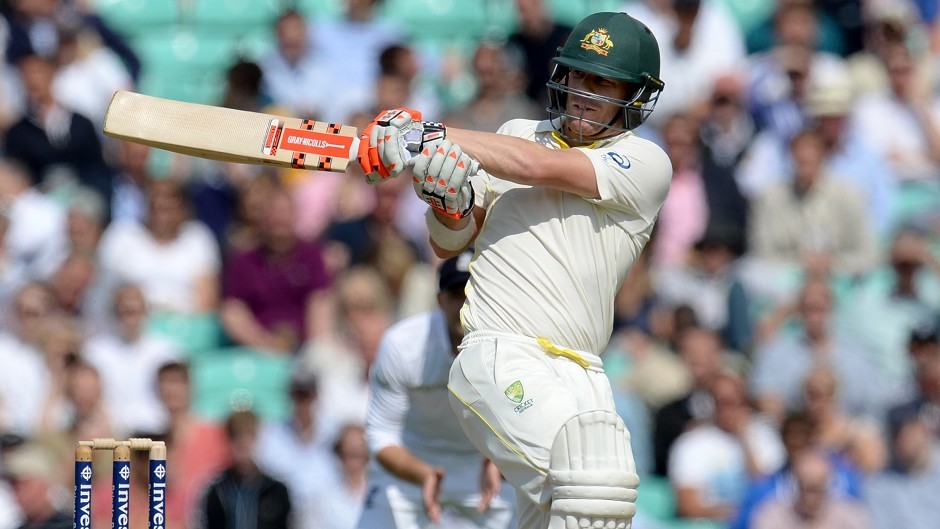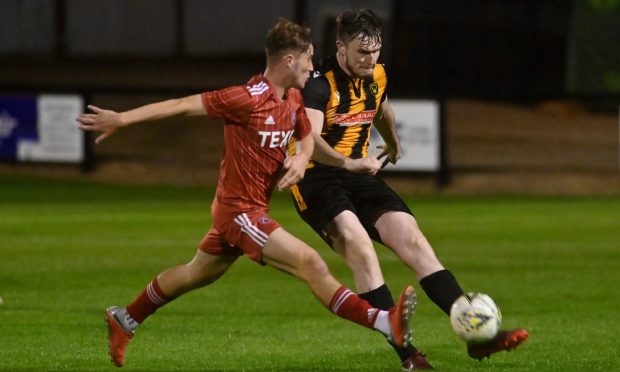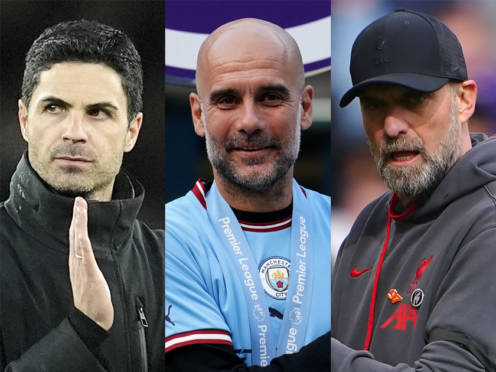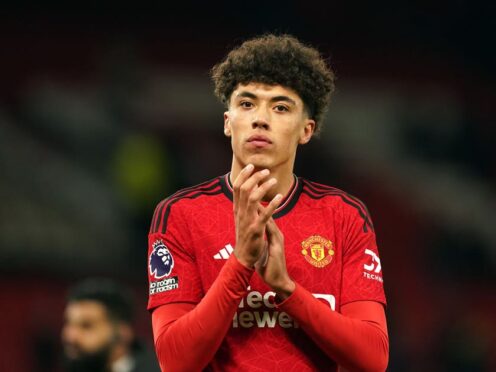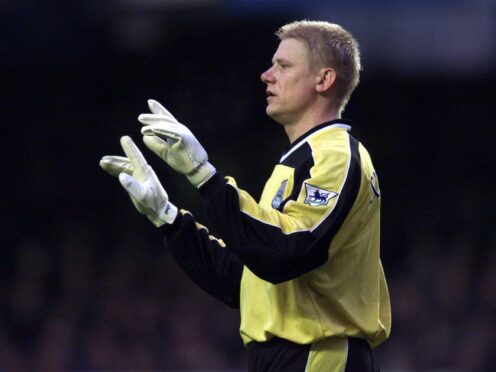Sport has done its best to entertain and provide a boost to morale during the Covid-19 pandemic.
But there’s no glossing over the air of unreality which has surrounded much of the action in empty stadiums, with players being encouraged not to celebrate goals and tries spontaneously, even as managers and coaches in masks watch from the sidelines.
In recent days, the scale of the problems have resurfaced with the postponement of lower-league football competitions and the women’s Six Nations Championship, while scores of leading tennis figures are currently self-isolating in different hotels as they strive to prepare for next month’s Australian Open in Melbourne.
Nobody’s pretending there is anything normal about the current situation. Even with vaccines being rolled out, there is also little possibility of matters improving before the spring and it could take longer than that.
Yet, despite the restrictions which have hampered and disrupted other pursuits during the last year, one sport has provided evidence it’s business as usual in recent weeks – and that has been the compelling Test cricket series between Australia and India.
Not too many British viewers will have tuned in to the live coverage of the four-match contest, given that it takes place between 11pm and around 6am, but for those of us who have become accustomed to nestling under the duvet with a pot of tea or coffee, these late-night journeys into a new day have proved a thrilling diversion from headlines about Covid, Brexit, blizzards and other realities of winter in Britain in 2021.
Indeed, the myriad twists and turns and collapses and controversies have offered something different from anything else in the New Year: the sound of crowds cheering and a few spectators and players occasionally behaving disgracefully as the tension ramps up between two of of the leading sides in the world – and not just over 90 minutes, or a few sessions per match, but for the equivalent of nearly three weeks.
It’s difficult to believe it is only a month since India were bewildered, bothered and blown away for just 36 – their lowest-ever Test score – by some wonderfully accurate and hostile bowling from Josh Hazlewood and Pat Cummins in Adelaide, where the hosts steamrolled their way to an emphatic win in the First Test.
At that stage, with the talismanic Virat Kohli leaving his compatriots behind to join his wife, Anushka, who gave birth to a healthy baby daughter earlier this month, all the momentum seemed to be with Tim Paine’s baggy-green brigade. And yet, the Indians, oblivious to losing a string of other key personnel to injury, have bounced back from adversity with a plethora of resilient, tenacious performances.
They responded to that initial humiliation by beating the Aussies comfortably in the Second Test in Melbourne, where stand-in skipper Ajinkya Rahane struck an excellent century. And, even though Paine’s team upped the stakes in the next contest in Sydney – a tense affair which included a sustained bout of sledging from the combative little wicket-keeper while there was alleged racial abuse of Indian rookie Mohammed Siraj and the ejection of several spectators – the tourists refused to fold.
It all made for captivating viewing. Not least because of signs of frailty in both these sides, allied to some spectacular exploits from previously unheralded figures in the mould of Cameron Green, Washinton Sundar and Shardul Thakur.
The tussles have ebbed and flowed and any battle which goes down to the wire in this fashion deserves to be remembered and celebrated. There have been no concessions, no signs of the pandemic impinging on the proceedings and no quarter asked or given – instead, this has been a series which has demonstrated not only the compelling nature of competitive sport, but highlighted why so many of us have missed it for so long.
In the bigger picture, it obviously helped that the Australian and New Zealand governments reacted swiftly to the Covid-19 crisis by closing their borders – something which has only just happened in Britain nine months later – and they have deservedly reaped the rewards of taking stringent measures so early.
Their supporters can enjoy attending high-profile events again, albeit without being stupid or inconsiderate to others. And their elite players can strut their stuff on the international stage. New Zealand were terrific in moving to the summit of the ICC Test rankings by getting the better of Pakistan in another hard-fought series.
But that achievement didn’t quite provide the level of drama, disputes and debating points which we have been served up in dollops as Australia and India have gone full pelt in search of the Border-Gavaskar Trophy. It has been the most memorable contest in the game since the Ashes campaign in England in 2019.
Let’s just hope it is the prelude to some action on the pitch in Scotland as well as the rest of Britain come May, June and July after the awful wilderness of last summer.
